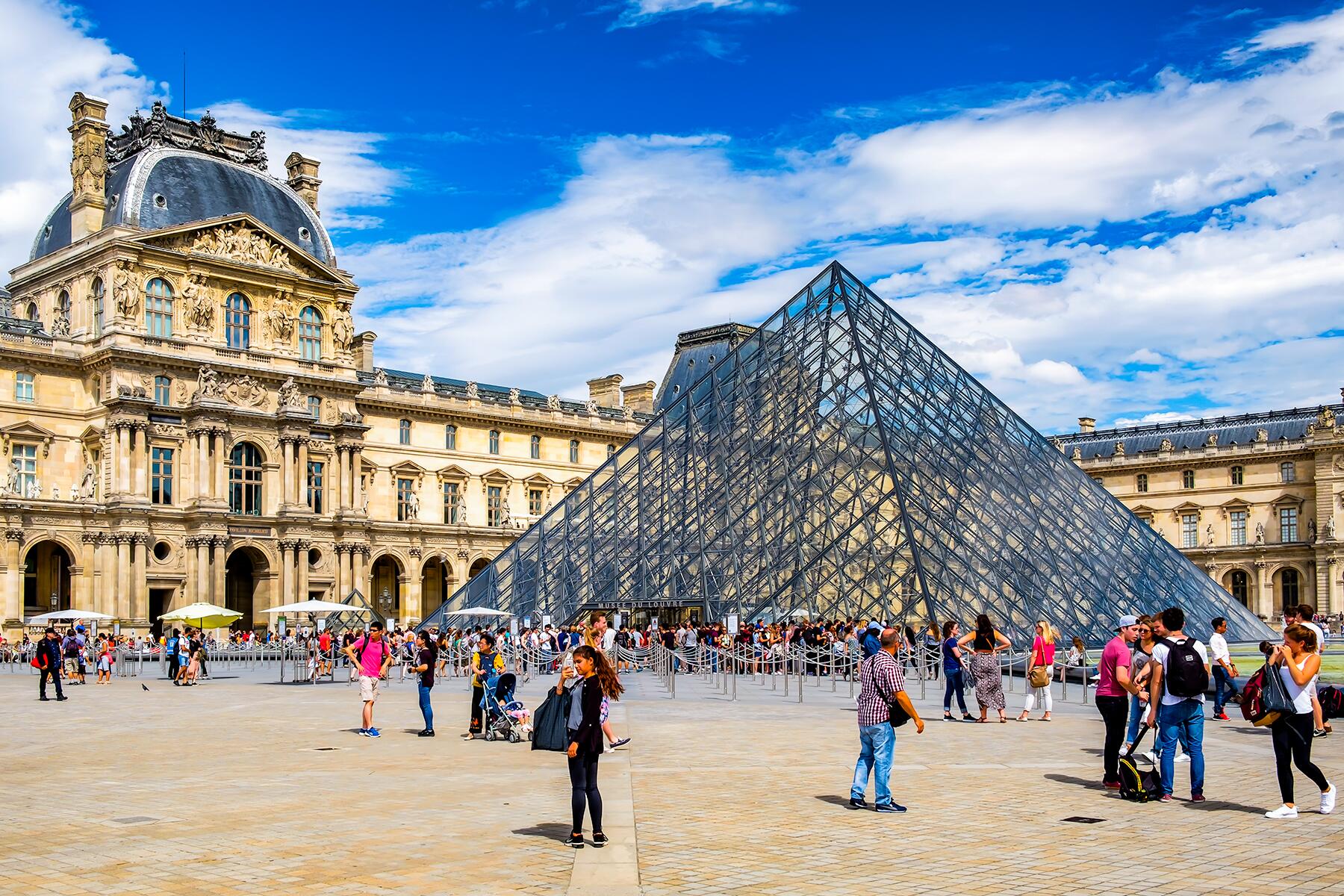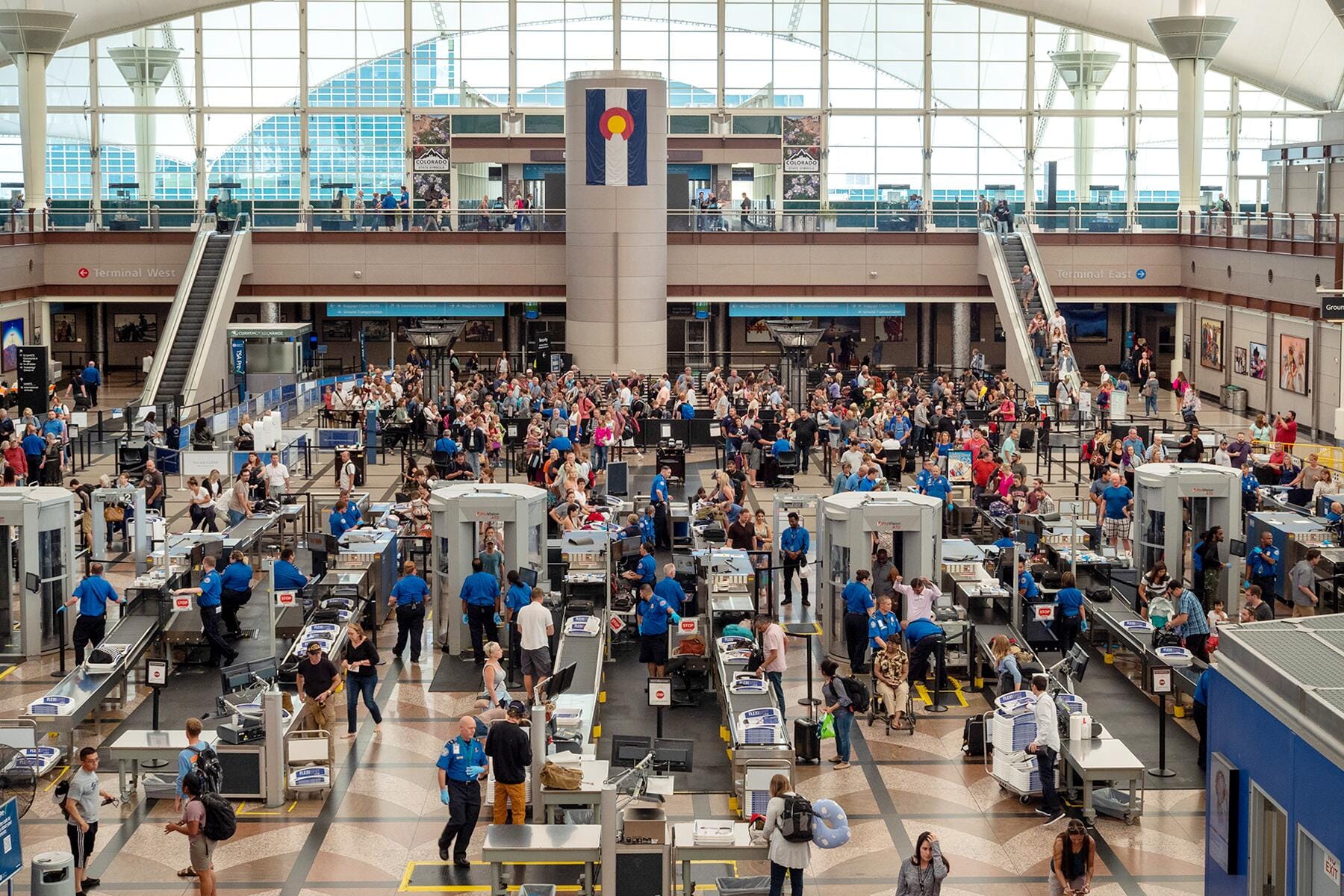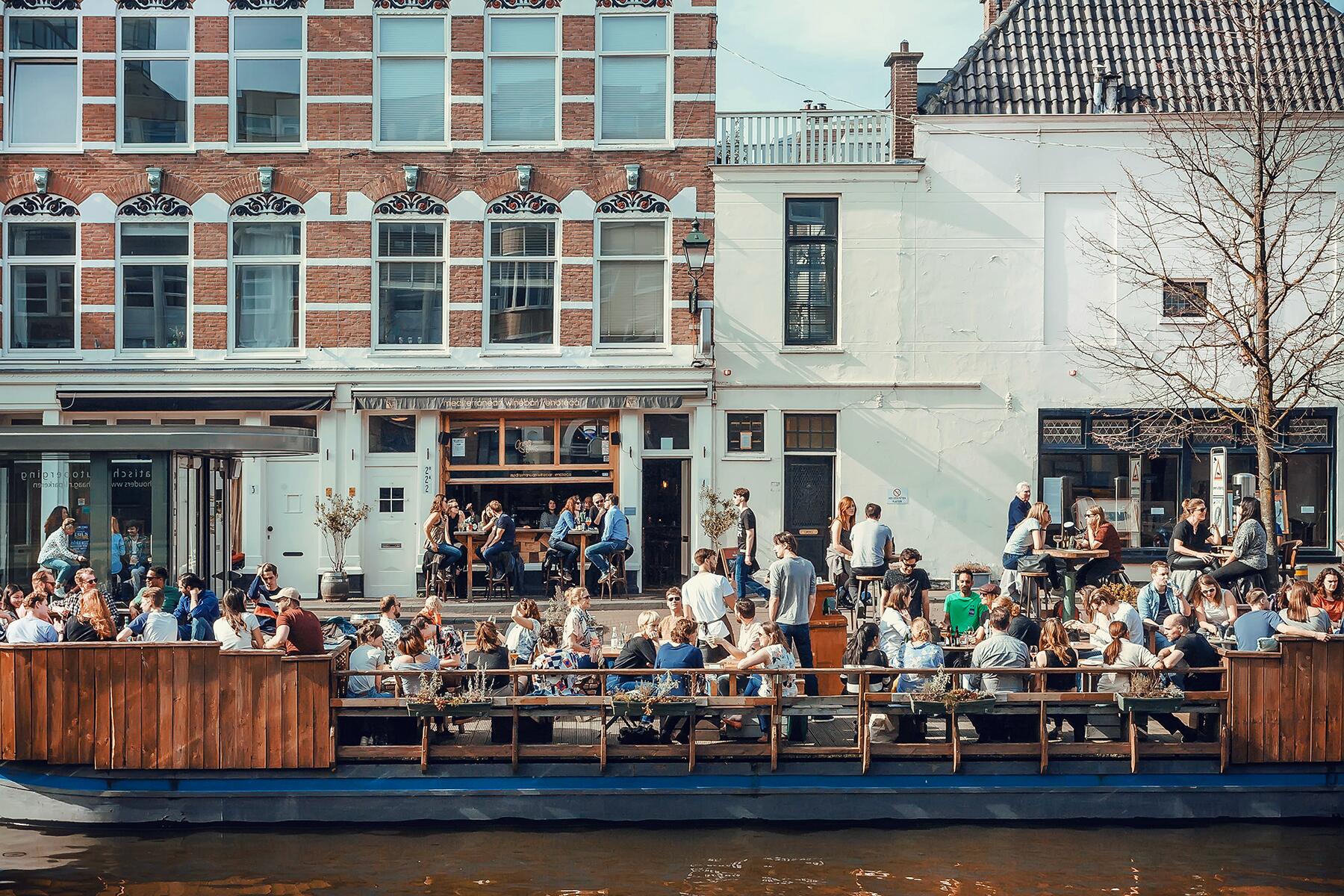With brush fires burning acres of Indigenous lands in Hawaii, the Pu'ukapu community remains a shining example of resilience.
As members of the Pu’ukapu community in Waimea gathered for a family funeral on July 31st, Kumu Micah Kamohoalii looked up at the skyline over his native land. It was ablaze with red and orange clouds, like lava coming over a mountain. He turned to his father, “I thought they said they contained the fire?” “Obviously,” his father replied, “they have not.”
Over the next several days, brush fires raged through the region, scorching over 40,000 acres, much of which consisted of Indigenous lands. An area typically known for its green pastures and lush vegetation, Waimea has struggled with drought for nearly a decade and dryness so severe that a mere spark could ignite the largest wildfire in Hawaii’s history.
On the Pu’ukapu Homestead, reservation lands for the native Hawaiians, controlling the fires was a community effort, with hundreds joining in to collectively save their land. When the fire initially broke out, locals were informed it had been largely contained. “The fire department didn’t take it so seriously in the beginning, and neither did our mayor. They said, ‘We’ll cut a firebreak and watch it burn up to there and monitor it,'” recalls Micah Kamohoalii, the Cultural Director for the Waimea Homestead Association and a hula master. By Saturday, the winds shifted, and the fire jumped the breaks and just kept going. “We were getting text messages from family members saying, ‘This is going to burn my house. I’m going to lose my home.’”
Recommended Fodor’s Video

Another homestead resident, Heather Lindsey, said her house and 15-acre property were surrounded by fire for days, as her husband and 20 other family members worked around the clock to douse it. “Once it jumped and caught this dry grass, it just took off. The winds picked up, and the fires were raging,” added Lindsey. “Angry, it was really angry, that was the feeling of it. It came really quickly. And as far as help goes, we had limited county help. They did show up, but it was very limited.”
Kamohoalii agrees: “It almost felt like we were the stepchildren left out there to the pastures, because when the fire started running over 20,000 acres and ran towards the million-dollar homes, [that’s when] the mayor deployed the military planes down to Waikoloa and out to Waikii Ranch [where the more expensive homes are],” he recalls. “It just really soured everybody’s mouth.” The homesteaders were left with “maybe two trucks to monitor the blaze of 20-30,000 acres,” he added.
The Pu’ukapu community sprang into action. Since many homesteaders were already skilled heavy machinery operators, they borrowed dozers from local construction sites and began cutting their own firebreaks. They took 200 to 500-gallon water tanks, hauled them onto D9 and D10 tractors, and rigged them up with PVC pipes and duct tape. “I went to one of the areas and pulled the whole bottom off the water tank and created a waterfall…and I just drove through the fire,” says Kamohoalii. “I thought, ‘If I blow, then I blow.’ But it actually helped put out that whole area. At first, the fire department was like, ‘I don’t think you should,’ but then they were like, ‘Right on, keep on going, brah. You’re doing awesome!’”
With limited water sources in the area, homestead resident Heather Lindsey opened her gates to neighbors to use her spigot to refill their tanks. Helicopters began dipping their water buckets into her backyard pool, too. “They could not supply the water fast enough for these helicopters. My only option was to tell them, ‘Hey, come to me and use my water to save us,’” she says.
However, by Sunday, Pural, the water management company on the reservation, threatened to shut off her water in the midst of the crisis, citing she was using too much. “Why would they do that to us? We just fought this fire so hard with every resource we had. If that water wasn’t here, it could’ve claimed all of us.” Pural later apologized for the threat and came the next day with “two cases of water and a cold pack of beer, as if that’s supposed to mend all that I went through,” says Lindsey. “It was so scary…the smoke was so thick and the dust and the dirt from the trackers around, you couldn’t see, you couldn’t breathe. We had no respirators, no masks; we just had to do what we could to survive and save our homes,” she adds.
When reached for comment, Cyrus Johnasen, Director of Communications for the Mayor of Hawaii County, said that military helicopters were used to fight the blaze. “We had crews on the ground, we had helicopters, we had every resource we had available to us at that time,” Johnasen says. “There seems to be a very common misconception amongst folks that there wasn’t every resource available deployed when Pu’ukapu began to catch fire. And that’s absolutely not true.”
Pural has not yet responded to our request for comment, but this article will be updated if they do.
View this post on Instagram
Turning Kūhiō Hale Into an Evacuation Shelter
On Saturday, July 31st, Micah Kamohoalii, and his family turned their community center, Kūhiō Hale (named after the Hawaiian Prince who fought for the homelands), into an evacuation site before the county had officially opened one in District Park. “By the time they did that, we were in full swing operation. All the families, including cousins and aunties, came out to help [from across the island]. Everybody had aprons and were just thrown into action, cooking stews, making sandwiches. My hālau, my hula troop, about 40 of them came down. I’d never seen so many tuna sandwiches in my life.” He resorted to Facebook Live to get the word out and offer help to those in need. Both a local radio station and a family from Kohala brought down flatbeds with cases of water, and others donated blankets and cots in case families had to sleep there.
“My whole life has been community service because my parents’ lives have been community service and my grandparents’ lives. The great King Kamehameha I is my fifth great grandfather. We were born to be leaders. That’s who we are as people. For years our ancestors were the mighty Kings of Hawaii. And they fed our people, they led our people, and it just doesn’t go away. It becomes a family trait and a family tradition and something that’s packed in our DNA,” says Kamohoalii. “And if we don’t help our community, nobody else will.”
For two days, the community worked 24/7 putting out fires. Exhausted from lack of sleep and food, Kamohoalii’s cousin fell asleep behind the wheel of a dozer and woke up surrounded by the fire. “We can’t lose anybody’s life because we couldn’t feed them, or they’ve passed out in the yard, and they burned in the fire,” Kamohoalii recalls of those first two days. “We can’t afford to do that. Maybe a house, but we can’t lose any people.” They distributed sandwiches, bottled water, Gatorade, and spam musubi (a local favorite) to anyone they found on the road and in the fields.
Kamohoalii rallied his younger cousins, nieces, and nephews to help distribute the food and supplies. As their parents fought the fires, many of them were scared at home. “I went to the homes to check on them and said, ‘You’re old enough to drive, pull yourself together, get to the hall and pick up the food and drop it off to your parents and uncles and aunties fighting the fire. Whoever you see on the road, stop and give them a musubi and a Gatorade and keep going. Don’t talk to them, just throw the food in the trucks, say, “Hey, eat this” and just keep on going.’”
And they did. “I was in shock because every one of them had a tank on the back of their trucks, and they’re hauling 500 gallons of water. I mean, I was amazed,” says Kamohoalii.
View this post on Instagram
The Laws Around Hawaii’s Ancestral Lands
The homestead, which is run by the Department of Hawaiian Home Lands (DHHL), consists of about 387 pastoral lots, each ranging between 50 to 300 acres, in addition to residential and agricultural lands. The pastoral lots, mainly used for cattle, were most affected by the fire, but about 75 families live there, as well. To build on the land, homesteaders must get a permit from the county, but Micah cites difficulties between DHHL and the county, in addition to the impossibility of getting a bank loan. “You can’t borrow money to build a house on reservation lands because you technically don’t own the land,” says Kamohoalii.
“All these lands used to belong to our King and Queen. After America overthrew us, one of the last Princes in Hawaii [Prince Jonah Kūhiō Kalaniana‘ole] became somewhat of a senator and educated himself on the laws. He went to Congress and fought for the land that belongs to the King and Queen to bring them back to the people. He somehow pleaded his case as a legislator, and they created DHHL and the Hawaiian Homes Commission Act [a federal act that was passed in 1921],” explains Kamohoalii. “It was for Hawaiians to be able to rehabilitate their language, their culture, and for them to farm their land. Kūhiō Kalaniana‘ole saw that his people were dying because they were eating foreign foods and they needed to be rehabilitated on their land.”
“If you’re 50% Hawaiian ancestry, you can apply for the land…and you have to be at least 25% Hawaiian to keep the lands,” adds Kamohoalii, whose great-great-great-grandfather was the first to be awarded land in 1921. Leases run for 99 years, and he says there are 33,000 Hawaiians currently on the list to receive lands. His mother, who applied when she was 18-years-old and is now 60, has still never been awarded her own lot but lives on inherited land. “So, as you can see, the land is ours, but it’s not really ours.”
The news reported only two homes burned down, but Kamohoalii says there were four in total. Since families can’t get a bank loan on leased land, they have to save, build their own homes, and add on to them over time. “Everything’s super expensive, so a lot of these families had built sheds that were just like a studio or even smaller, and when they get the money, they add on a little wing or a kitchen. Those ‘sheds’ had people living in them, a family of four in there,” says Kamohoalii. “If you live there with your family, then it’s a home. It doesn’t matter if it’s small or huge if that’s where they sleep, that’s where they eat, that’s a home. I think the county was trying to save themselves because they said ‘nothing was lost.’ But now, there are still three families that are homeless. And we’re trying our best to help them.”
View this post on Instagram
The Fire Aftermath and Recovery Efforts
The fires have since died down, but the path to recovery will be an uphill battle. “Many families are displaced because a lot of their homes are covered in ash. There’s dirt everywhere, ash, the air quality is horrible. There’s no grass left to hold down the dirt, so it’s a big huge dust storm. It’s like they’re living in a desert now. People can’t breathe, so a lot of families had to move out of their homes until all of it is clear,” says Kamohoalii.
The community started a GoFundMe account to help with repairs and damages and is applying for emergency grants. When the dozers created the firebreaks, the impact ripped out water lines to homes. And because of the extreme heat, one of the water tanks also caught fire: “It exploded. When they turn on the water, there’s like a thousand holes shooting water everywhere,” says Kamohoalii. Feeding the surviving animals is another dilemma: “Now there’s no feed. There’s no grass left. What do we do with our animals and our cattle? Where do they go?”
While many homes are still standing, there’s significant interior damage to contend with, as well as air quality. “It’s terrible ash. I just remodeled my home, and when I came back in…Oh my god, it was gross. Soot, dirt, and complete filth. Out there right now is something you’d see in the movies; it’s so eerie and dry that you can hear the crispiness of it. The smell of the smoke, I don’t know what we’re going to do. I have no idea,” says Heather Lindsey. “I’m not leaving. That’s all I know.”
Still, the community is doing what it can to help each other in the recovery efforts. “It’s going to cost thousands of dollars to do all these things. These families cannot afford it. And they’re already just trying to make it–a lot of its off-grid out there. And so, they’re already just started to survive. And then now this is such an added expense that they can’t take,” says Kamohoalii. One homesteader, just days prior to the fire, had fenced in his pasturelands for his animals. He told Kamohoalii: “I just spent everything I had left to fence in that whole thing, and I lost everything.”
Homesteaders are also reporting PTSD. “Everybody wakes up at 1 a.m., hoping the house isn’t on fire. They’re all looking outside and looking for smoke, running out there with a bucket…I feel like it’s going to take a long time. I wouldn’t know exactly how long. This community is going to be suffering for a while. Just trying to get back into life,” Kamohoalii adds.
Despite the devastation the fires brought, the Waimea community retains its inherent resilience, a unique strength that undoubtedly pulled them through this crisis. In a recent meeting at the center, Kamohoalii told everyone to stay positive, not to dwell on what was lost. “We’re going to figure this all out together as a community. We lost things, but don’t let yourself go into that dark place because it’s not going to help. We all have to work together,” he said.




